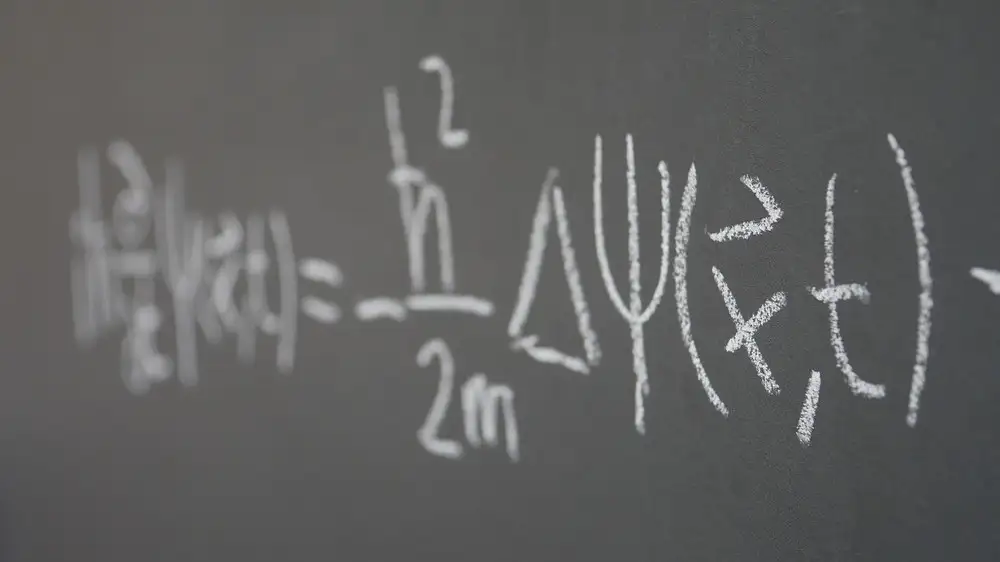The equation of the ecliptic is the relationship between two equatorial coordinates (right ascension and declination) of any point on the zodiac circle. Astrologers use this equation to calculate primary directions. In this article, we will derive the ecliptic formula, which is essential for an astrologer's work.
In the previous article about ecliptic-equator coordinate conversion, we derived the equation for converting ecliptical coordinates to equatorial ones.
Any elliptical point, by definition, has celestial latitude $\delta$ equals zero. It means from (1) that
$$ \begin{cases} \tan RA = \cos\epsilon\tan\lambda \\ \sin D = \sin\epsilon\sin\lambda\tag{1} \end{cases} $$
Here
- $RA, D$ are the right ascension and declination of the ecliptic point with celestial latitude $\lambda$,
- $\epsilon$ is the inclination of the ecliptic.
We can rewrite (1) to rid off from $\lambda$ and express $RA$ as a function of $D$ for any elliptic point:
$$ \sin RA = \frac{\tan D}{\tan\epsilon}\tag{2} $$
P.S. We can get the same equation (2) by observing a right spherical triangle with sides $RA$, $D$, and angle $\epsilon$ between the ecliptic and the equatorial plane and applying eq (3)

